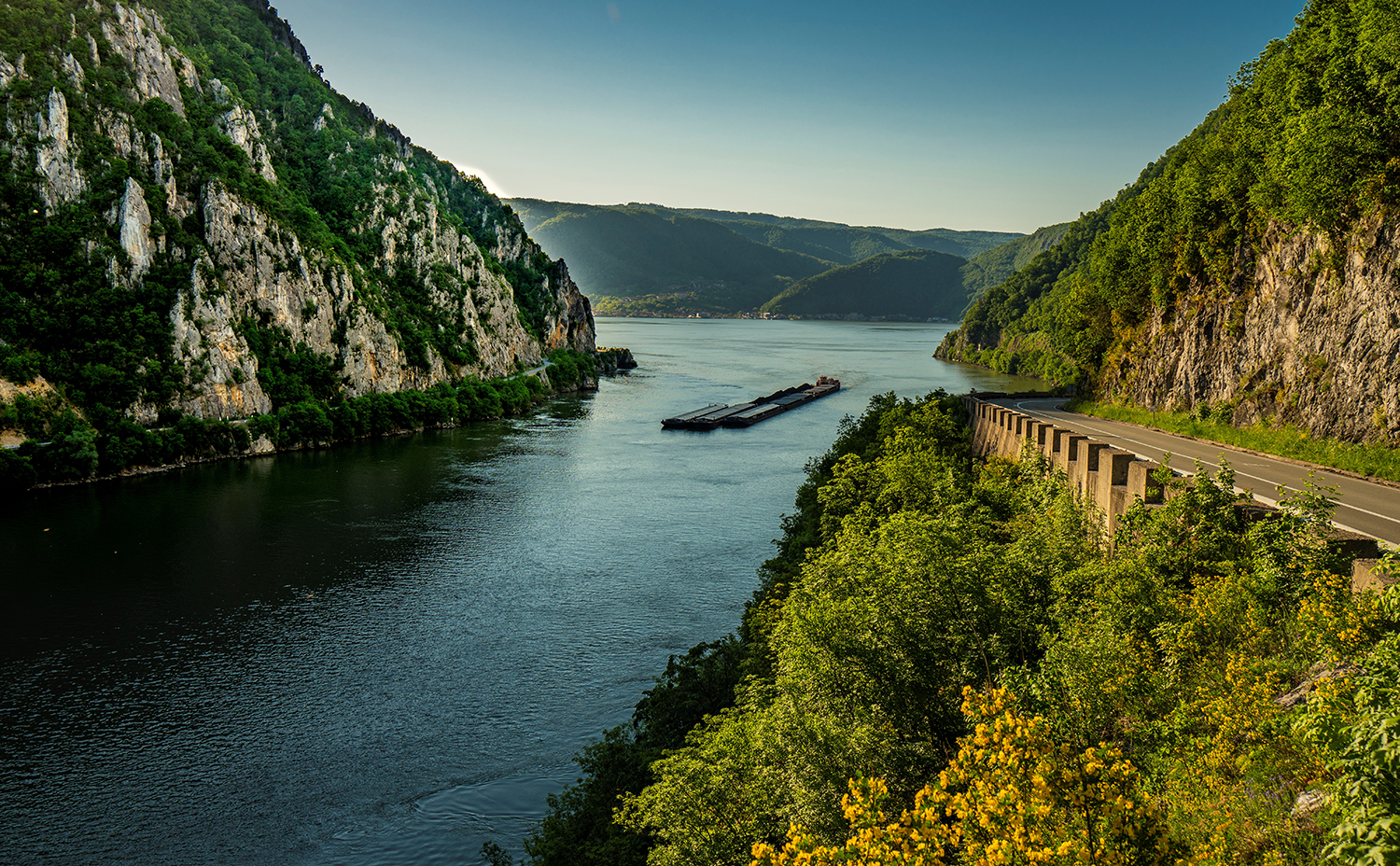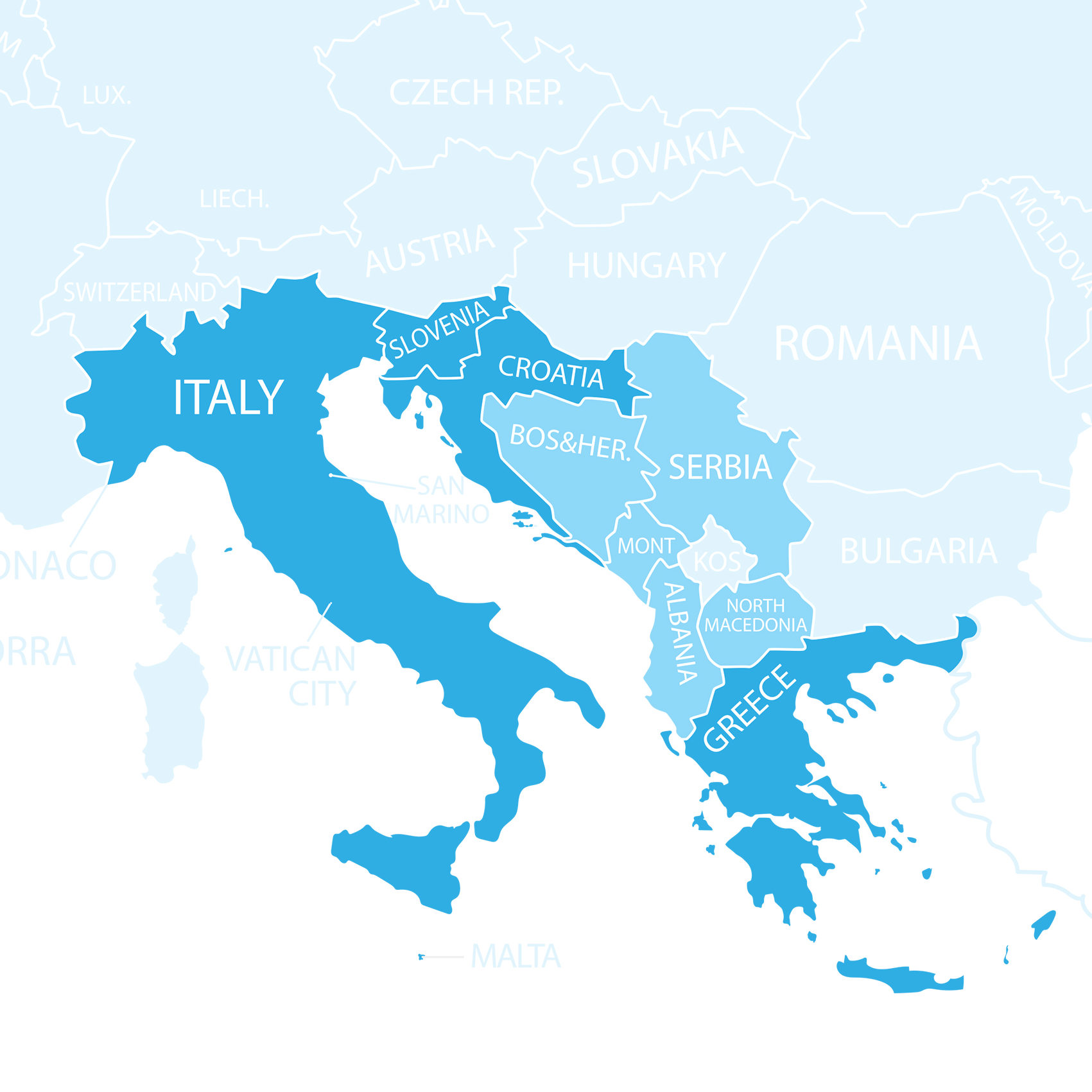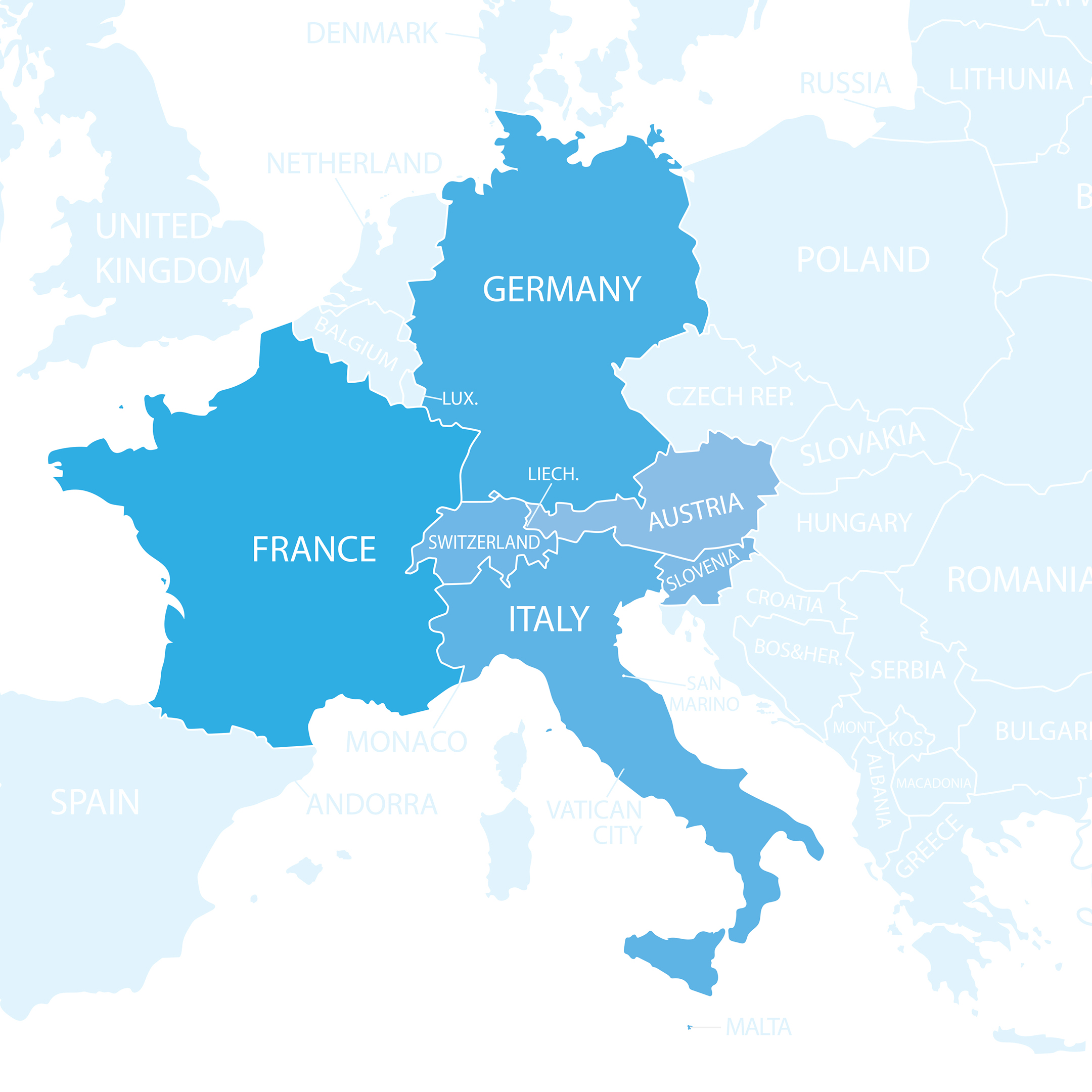The EU Regional Strategies EUSBSR and EUSDR
By means of regional strategies the EU supports the development and interrelationship of macro-regional cooperation. The objective of these strategies is to strengthen multi-level and transparent collaboration amongst bordering EU Member States in order to meet the common challenges and benefit from collective opportunities facing those regions.
The implementation of these regional strategies is coordinated in close contact with the European Commission and relevant stakeholders, i.e. EU Member States, regional and local authorities, inter-governmental and non-governmental bodies as well as the respective EU neighbouring countries.
The wide thematic coverage of respective objectives within these regional strategies provides opportunities for different kinds of stakeholders to participate and propose various kinds of activities that must consider EU climate and environmental policies. The strategy promotes the setup of lasting networks and platforms, processes and projects – new stakeholders as well as novel ideas and initiatives are welcome.
Funding for these actions stems from various financial instruments. In the period 2021-2027, the INTERREG transnational programmes continue to support the implementation of the strategies. Further EU funding sources include, amongst others, the European Regional Development Fund, the European Agricultural Fund for Rural Development, the European Social Fund+, the European Maritime and Fisheries Fund, Horizon Europe, TEN-T, Erasmus+, LIFE and the Connecting Europe Facility.
EuroAccess Macro-Regions is the online information and search tool for respective EU-funding for the four EU regional strategies. This portal is a central online information point on EU funding opportunities for the EU regional strategies. It collects and disseminates data of more than 200 EU funding programmes that operate within the geographical scope of the regional strategies.

In the previous EUFUNDINGHUB edition the first two four EU macro-regional strategies, the EU Strategy for the Baltic Sea Region (2009) EUSBSR and the EU Strategy for the Danube Region (2011) EUSDR, have been presented. In the following the remaining two EU regional strategies are presented.
The EU strategy for the Adriatic and Ionian Region
The Adriatic and Ionian Region is primarily defined by the Adriatic and Ionian Seas basin covering a region involving more than 70 million inhabitants. The EU Strategy for the Adriatic and Ionian Region (EUSAIR) involves 9 countries, four EU Member States (Croatia, Greece, Italy, Slovenia) and five Accession Countries (Albania, Bosnia and Herzegovina, Montenegro, North Macedonia as well as Serbia).

Building on the lessons learnt and experience from the EU Strategy for the Baltic Sea Region and the EU Strategy for the Danube Region, the EU Strategy for the Adriatic and Ionian region was established in 2014.
The strategy is divided into four pillars:
Blue
growth
Connecting the Region
Environmental quality
Sustainable
tourism
Each of these pillars involves a wide range of policies. Better coordination and cooperation between the countries and regions is needed to address these challenges.
The Adriatic and Ionian region defines several thematic areas:
Blue technologies
Fisheries and aquaculture
Maritime and marine governance and services
Maritime transport
Intermodal connections to the hinterland
Energy networks
The Marine environment
Transnational terrestrial habitats and biodiversity
Diversified tourism offer
Sustainable and responsible tourism management
The EU Strategy for the Alpine Region
The EU Strategy for the Alpine Region (EUSALP), that was established in 2015, involves the following 7 countries: Austria, France, Germany, Italy, Liechtenstein, Slovenia and Switzerland.

The Alpine region is one of the largest economic and productive regions in Europe home to about 70 million people. Just like the other three EU regional strategies, EUSALP faces the particular challenges, i.e.:
• Economic globalisation requiring the territory to distinguish itself as competitive and innovative
• Demographic trends characterised by ageing and new migration models
• Climate change and its foreseeable effects on the environment, biodiversity and living conditions of the inhabitants
• Energy challenge at the European and worldwide scale. Its specific geographical position in Europe as a transit region but also as an area with unique geographical and natural features
• Better cooperation between the regions and States is needed to tackle those challenges.
Therefore, the objective of the Strategy for the Alpine Region is to develop a strong cooperation amongst the region’s metropolitan, peri-mountain, and mountain areas. According to the political resolution adopted by the representatives of the 7 Alpine States and 15 Alpine Regions, the strategy focuses on the following thematic priorities:
Economic Growth and Innovation
Fair access to job opportunities, building on the high competitiveness of the Region
Environment and Energy
A more inclusive environmental framework for all and renewable and reliable energy solutions for the future
Mobility and Connectivity
Sustainable internal and external accessibility to all
Governance, including Institutional Capacity
A sound macro-regional governance model for the Region (to improve cooperation and the coordination of actions)
EU funding news and articles. All new articles in one place!
Do you want to read all the articles ahead ? Subscribe now and receive our online magazine each month!


Recent Comments